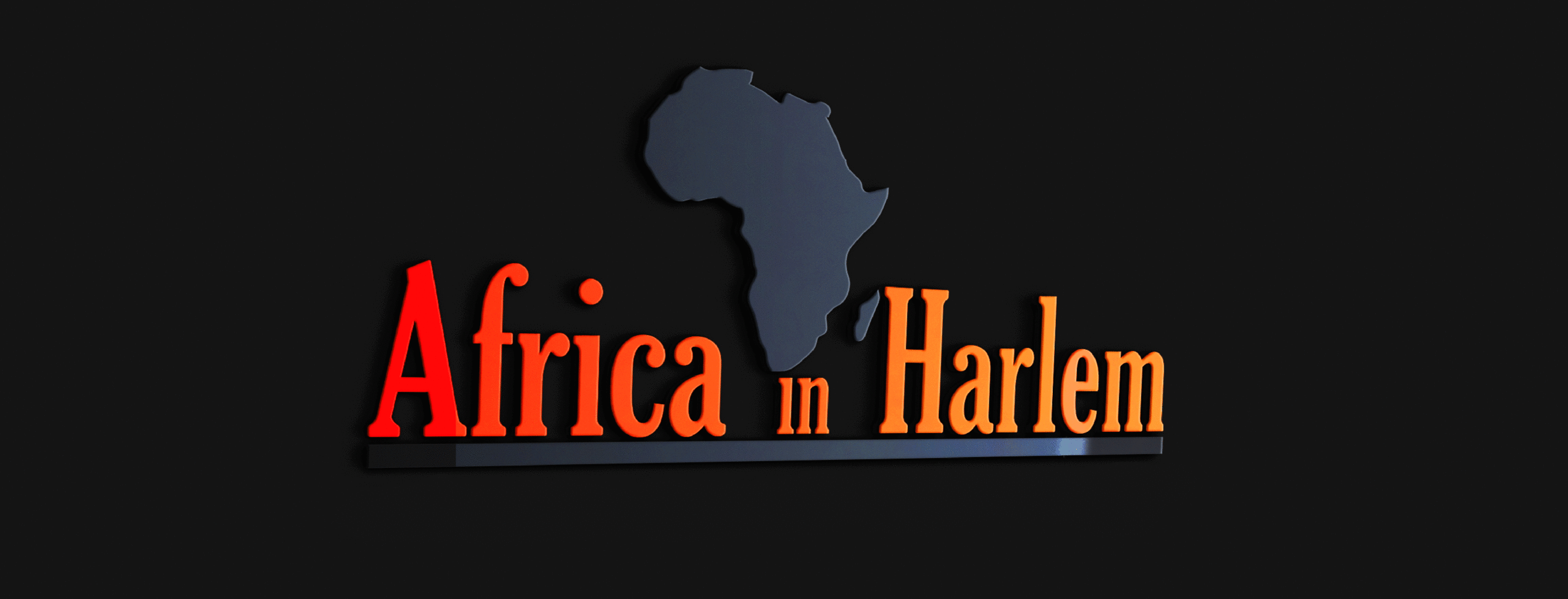The City of New York released data on April 8, 2020 confirming a trend seen around the country in Chicago, Milwaukee County and Washington DC – that Black and Brown New Yorkers are the most impacted by the virus.
While some workers have been laid off or are working remotely, many residents in Black and brown communities working in the healthcare or service sectors, are putting their lives on the line by going to work every single day.
In New York City, the Hispanic community is the most impacted by the Coronavirus, with 34 percent of the deaths compared to 29 percent of all New Yorkers. The Black community follows, with 28 percent of the deaths compared to about 22 percent of the overall population. Other stats are, the white community, 27% percent of deaths compared to about 32 percent of the population and the Asian community, 7 percent of the deaths compared to about 14 percent of the overall population.
The reason for this disparity, according to Mayor Bill de Blasio and Department of Health and Mental Hygiene Commissioner Oxiris Barbot, is the lack of health-care access and underlying chronic illnesses.
“But the overall, you know, concerning aspect of this, is the fact that these are communities that have had higher rates of underlying chronic illness and that it’s a reminder that these chronic underlying illnesses in peace time, as the Mayor has spoken about, contribute to higher rates of premature mortality from those chronic illnesses, but that in this particular war-time scenario are really very concerning for higher rates of mortality,” said Commissioner Barbot.
Health + Hospitals President and CEO Mitchell Katz thinks that lifestyle circumstances may be to blame.
“Lower income people also live more likely in multigenerational housing because of the high cost of apartment rentals in New York City,” said Katz. “And so, multiple families may be living together in very small spaces, which I think facilitates the transmission of this virus.”

To address this disparity the City plans on putting more focus on its public hospitals.
“We need to ensure that our public hospitals get absolutely everything they need, because we know that so many New Yorkers who are in the most vulnerable communities [are] in the most danger. Where do they turn to?” said Mayor de Blasio. “They turn to our public hospitals; the most obvious example has been Elmhurst Hospital in Queens.”
The City will also launch a multimillion-dollar ad campaign in 14 different languages, focused on communities of color and on communities where English is not the first language.
Additionally, New York City will tap into the local health-care community.
“We’re going to have to work closely with community-based clinics where there are healthcare workers who have a deep sense of their own communities, who speak the language, in every sense, of their own community, who have the relationships and the trust,” said Mayor Bill de Blasio.
The Public Advocate of New York City, Jumaane Williams, called for more transparency during a press conference held a day prior with Brooklyn Borough President Eric Adams (who has the City’s largest black community). Williams released a statement about the data.
“The data we see today confirms and reinforces what we’ve seen over years and decades of systemic inequities,” said Williams. “These ingrained injustices have always been there, often ignored by many in power, but these numbers show the harsh truth – the bias has a body count.”
The public advocate thinks a mandatory lockdown with a drastic expansion of resources such as testing and masks – while redefining which businesses and workers are considered essential, is what New York City needs to slow the spread of COVID-19 in the five boroughs.

















